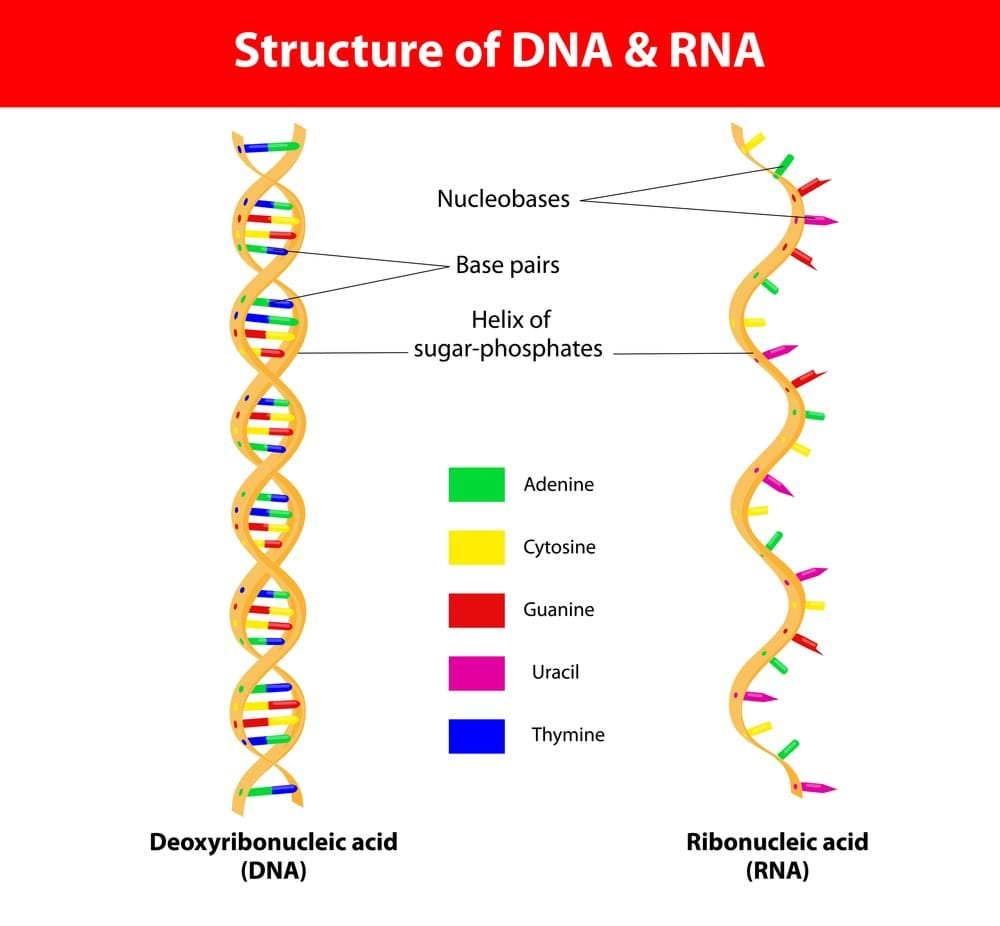Using STARS to control gene expression (Day 262)

13th February 2015
Sometimes the name you give your work can have a huge impact.

Before you think I am a little confused I should point out that STARS, in this case, are Small Transcription Activating RNAs
This work was recently published in Nature Chemical Biology, entitled; Creating small transcription activating RNAs.
The team led by Julius Lucks, assistant professor of chemical and biomolecular engineering, have created a new genetic control mechanism made exclusively of ribonucleic acids (RNA).
Julius said: “We’ve created a whole new toolset of regulation”, and goes on to describe RNA as “the most engineerable molecule on the planet.”

However, RNA, in its natural form, can’t start the process by turning on, or activating transcription (the first step in gene expression) by itself.
So Julius and his team set about finding a way to get RNA to start this process on its own.
They managed to engineer an RNA system that acts like a genetic switch, in which RNA tells the cell to activate the transcription of a specific gene.
And hence the STAR system was born.
The process involves placing a special RNA sequence upstream of a target gene that acts as a blockade, and prevents the cell from transcribing that gene. When the STAR is present, it removes this blockade, turning on the downstream gene by allowing transcription to take place.

Julius said: “RNA is like a molecular puzzle, a crazy Rubik’s cube that has to be unlocked in order to do different things. We’ve figured out how to design another RNA that unlocks part of that puzzle. The STAR is the key to that lock.”
The team envision in the future that RNA-only, LEGO-like genetic circuits will act as cellular computers. Julius says that “this is going to open up a whole set of possibilities for us”.
I commend the team for their ingenious research and look forward to hearing a lot more about STARS in the future.
*************************************************************************************************
If you are working in the field of synthetic bioengineering why not get in touch and tell us about your research.